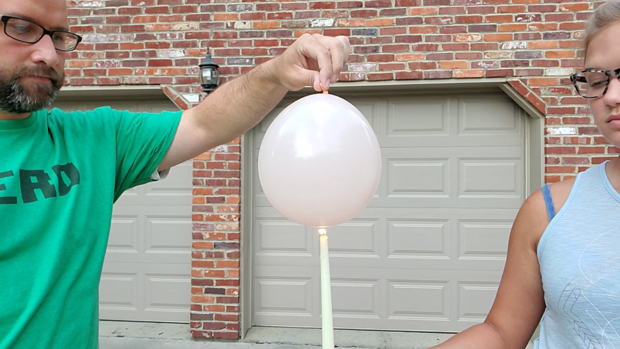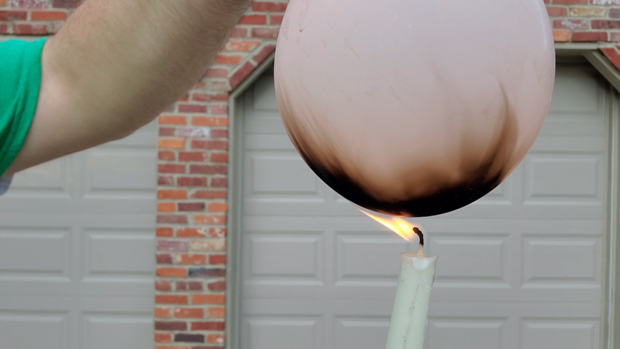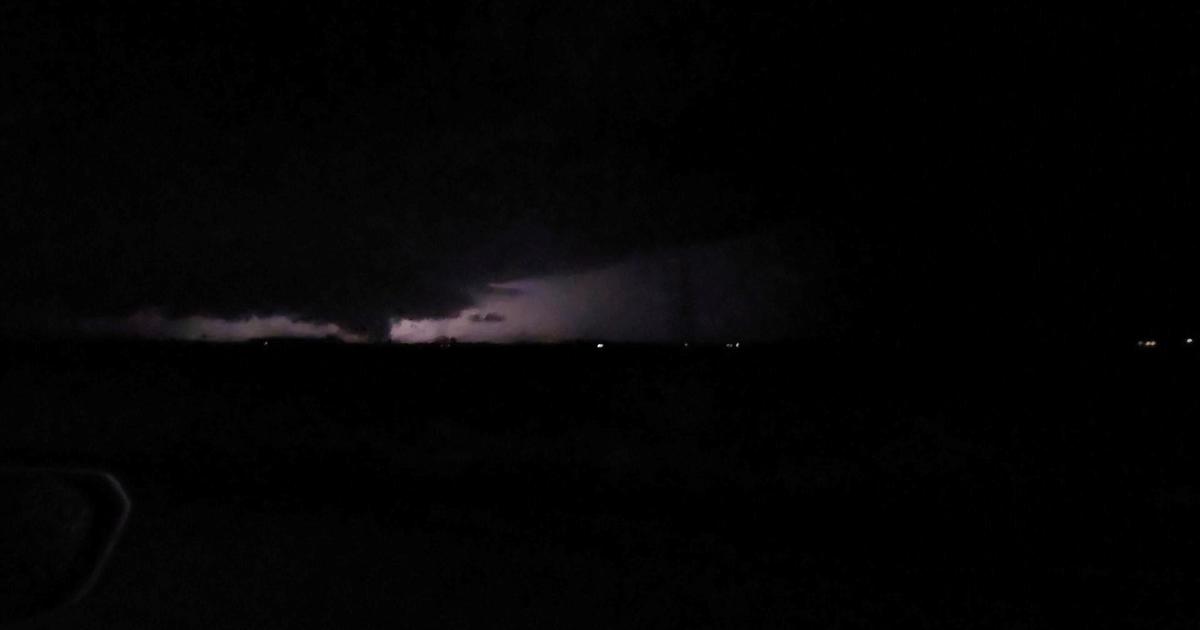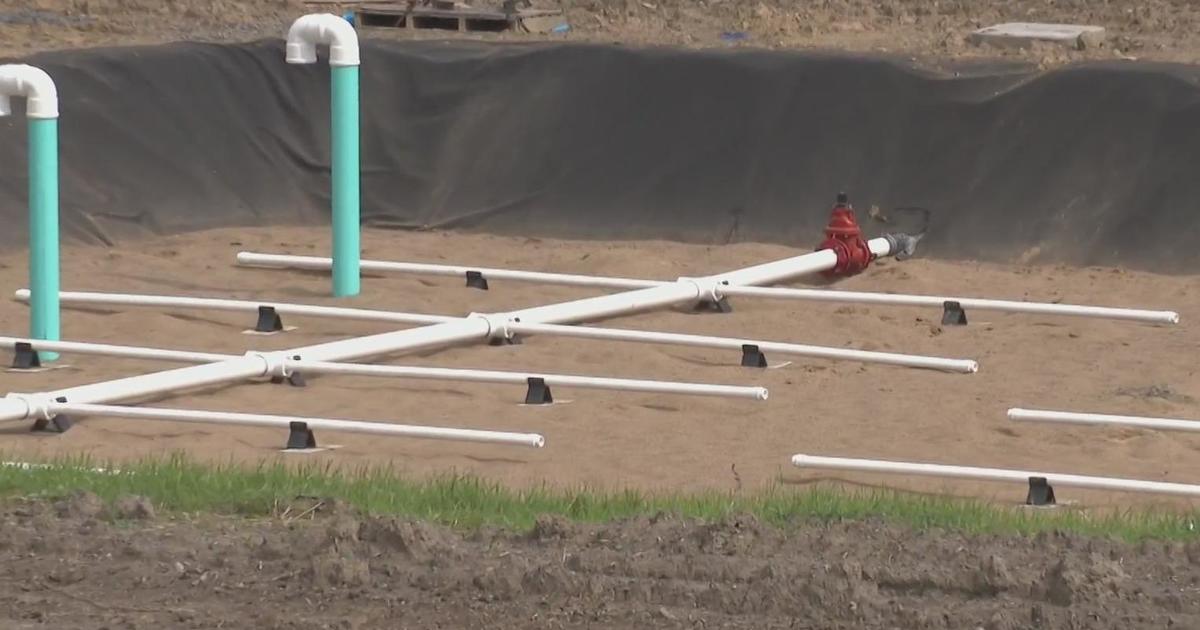Hey Ray! Explaining Specific Heat And Humidity
PITTSBURGH (KDKA) -- Did you know it is harder for the air to warm up on really humid days? While it still feels hot, the moisture in the air means, first means there are more "things" to warm up. There is more to it, though.
For instance, if you have ever boiled water, you know it takes a while. That's why they say, "A watched pot never boils." At the same time, if you are going to fry something in a pan, the pan heats up rather quickly.
The big difference is that water has a higher "specific heat." That is the amount of energy it takes to raise the temperature of something by one degree Celsius. Dry air on its own can warm up and cool down rather quickly, much like the frying pan. Once you add water, in the form of humidity, it takes much more energy to warm that same amount of air.
We can show this with an easy experiment. This one uses fire, so make sure you only do this with a responsible adult and make sure to wear eye protection.
For this experiment, we need to have one balloon filled with air, one balloon filled with a little water, and a flame. A candle works well. This makes a mess, so it is best to do this experiment outside!
We'll first take our balloon with a low specific heat and hold it to the candle flame. It pops almost instantly. The heat from the flame hits the balloon, causing it to break, almost instantly. That could be expected, though.
The balloon filled with water is a little different. We can hold it to close to and directly onto the flame, but it doesn't burst. The heat energy is being transferred to the water. Since it takes a lot of energy to warm that water it, it helps save the balloon. The flame's heat travels through the balloon, and transfers to the water. Eventually, it will pop, but a lot longer than the balloon filled with just air. You can even see a little "char" occur on the bottom of the balloon, where the flame touches it.
If you take this a step further and fill a balloon with a lot of water, it takes even longer for the balloon to pop. You can see there is a significant amount of "char" on the bottom of the balloon, Since there is more water, it takes a lot longer for the flames heat to break the balloon. It eventually will break, though, causing a big mess!
Now, in the atmosphere the water is not all collected together to transfer the heat, like in the balloon, but this does show that moisture makes a big difference in how hot the air gets. Even though it slows down the airs warming process, the extra moisture slows down your bodies cooling process, making it feel hotter. You can learn more about that here.







